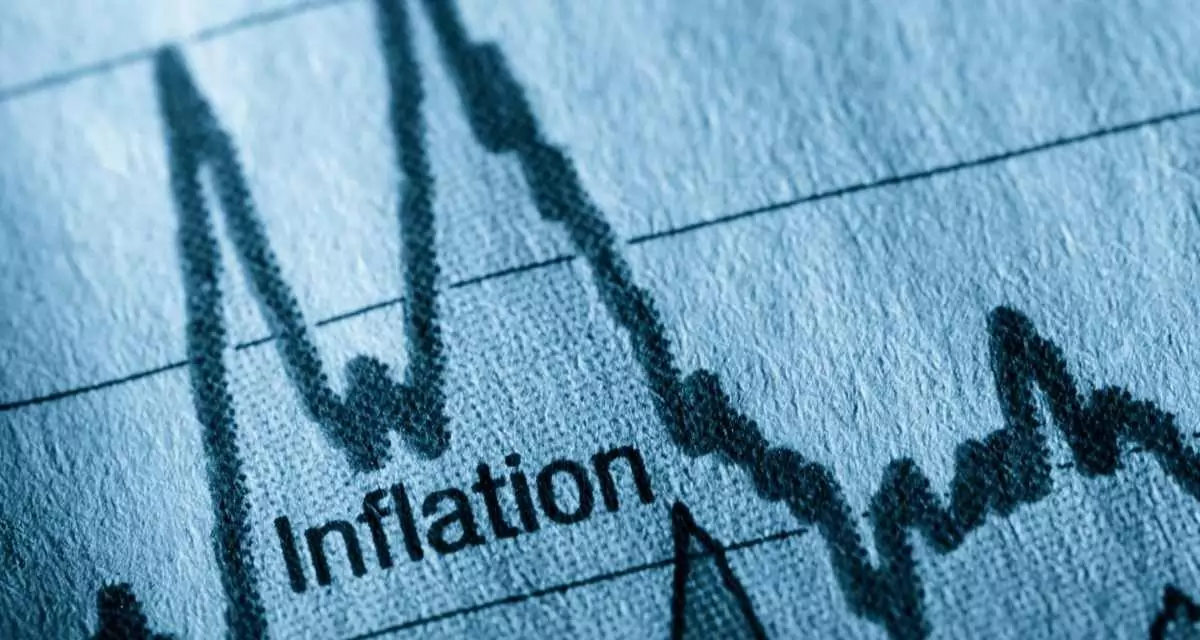One of the most concerning economic developments at the moment is the increase in inflation. Numerous goods’ prices have increased at a quicker rate than they have in decades during the past year. Even if the spike is transitory, it may increase inflation expectations, which may have a long-term effect on inflation, interest rates, economic growth, and financial markets. As a result the Inflation figures surge, hitting new high in the U.S market.
With the exception of the 2008 gasoline price spike, inflation is currently increasing faster than it has in almost 30 years. The economy’s abrupt reopening, aided by substantial government assistance, resulted in large increases in demand, but supply chain and labor limitations constrained production. Businesses have considerable pricing power in this typical demand-supply inflationary scenario.
Almost certainly, the present acceleration of will abate during the following year. Businesses will have more time to adapt production, while government transfers to consumers and businesses would mostly cease, resulting in a slowing of sales. Supply and demand will gradually rebalance.
Therefore, why should we be concerned? Because there is an unspoken concern: inflation expectations may be spiraling out of control.
What are inflation expectations, and why are they a source of concern?
Inflation expectations are the rate of inflation that consumers and businesses anticipate will occur over time.
Cost expectations have a critical role in company and family decision-making. If a business anticipates that its expenditures will increase by a particular amount, it must find a method to pay the additional expenses. It will want to increase productivity, but will very certainly need to increase prices as well.
Inflation has an effect on buying power at the family level. Individuals may spend their earnings now or save them to purchase things in the future. The greater the inflation rate, the less can be purchased in the future. As inflation increases, future expenditure is pushed to the present.
Finally, interest rates may be influenced. The interest rate at which financial organizations charge for loans is partially determined by the need to counteract inflation. Their purchasing power is impacted similarly to that of families, and they must compensate for that possible loss. The anticipated rate of inflation is proportional to the loan rate.
There are many indications of inflation expectations, but the patterns are almost same regardless of the technique used to assess them.
The conclusion is that we should monitor not just the rate of present inflation, but also the evolution of predictions about future inflation.
The Federal Reserve Bank of New York has two main objectives: price stability and maximum employment. These two mandates may conflict. If inflation continues to rise at an unsustainable rate, the Fed will need to limit growth. However, this may have an effect on employment levels. If unemployment is excessive, the Fed may want to stimulate growth, but this may result in increasing prices.
For Fed policy to operate effectively, expectations must be essentially immune to the daily data flow’s ebbs and flows. If this is true, expectations are said to be well-“anchored.”
When expectations shift substantially and it seems as if the movement will be maintained, the Fed may need to adjust policy to prevent expectations from being too high, since companies may begin incorporating inflation into their economic choices. Unanchored expectations may increase inflation, pushing interest rates higher.
Concerns about the anchoring of expectations include the possibility that the perceived rate of long-term inflation may shift. It has been decades since companies had the price leverage that they currently possess. Similarly, with the exception of baby boomers who lived through the 1970s and early 1980s times of high inflation, few individuals have given inflation any consideration during the past two decades or more.
It is conceivable that a prolonged period of higher-than-“normal” inflation may fundamentally alter both corporate and consumer views of what constitutes “normal” inflation over time.
Increased inflation and interest rates as a consequence of an upward change in expectations would have a ripple effect on everything, from mortgage rates to stock markets.
We are not yet at a position where the Fed must intervene in response to a shift in expectations. The measurements experience periodic ups and downs. However, the longer the rise continues, the more likely the Fed will be forced to react, which may entail increasing rates.
Indeed, a persistent rise in expectations is not a given. However, this indicator must be closely monitored since a more sustained shift may have a major impact on the economy and markets.
A survey found that the median estimates of future over the next year rose to 4.8%, up 0.8% from the month before.
Although the Federal Reserve’s forecast of economic growth for the next three years remains unchanged at 3.6%, that is better than the 2% growth the Fed thinks is necessary for an expanding economy.
Bank officials are confident that it will soon return to normal. According to their forecast at their June meeting, the team expects that the preferred gauge will show a 3% increase in 2021, but this gain would retreat to 2.1% by 2022 and stay within the desired range afterwards.
Consumers polled by the New York Fed anticipate house price growth to accelerate at a 6.2% annual rate, according to survey results released yesterday.
Wage earners expect wages to increase by 2.6% over the course of a year, making it the biggest pay increase seen since the start of the epidemic in March of next year. A year ahead of time, expectations for the jobless rate had declined to 30.7%, the lowest in history.

Meet Krishnaprasath Krishnamoorthy, a finance content writer with a wealth of knowledge and experience in the insurance, mortgage, taxation, law, and real estate industries.





